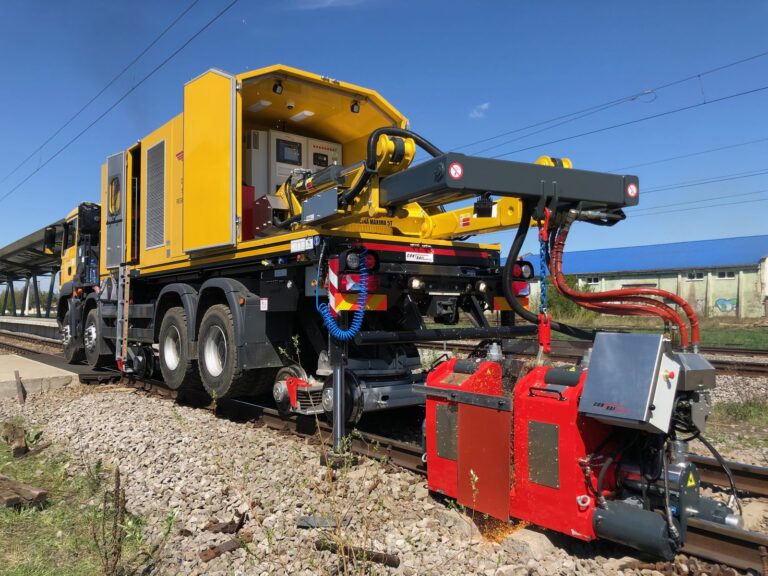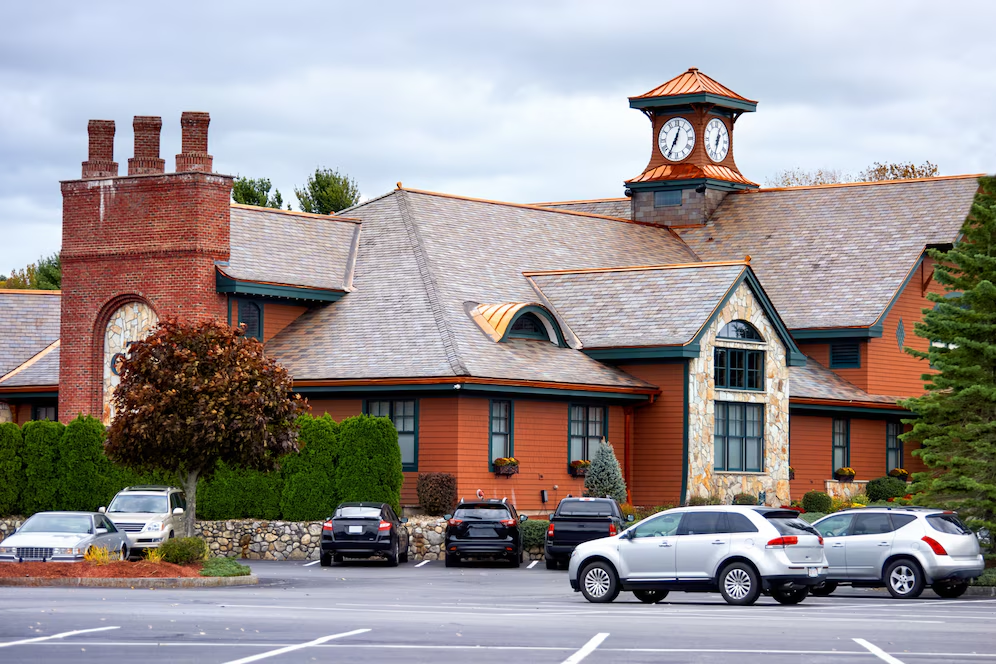A well-maintained railway network is essential in the modern world, enabling convenient travel for passengers and efficient freight transport for goods. With ever-increasing demand and high usage, ensuring the safe and optimal functioning of rail infrastructure relies on timely repairs and dedicated maintenance. Mobile rail repair machinery—particularly mobile welding machine—has become a game-changer, bringing flexibility, reliability, and speed directly to the tracks.
The Importance of Mobile Rail Welding
In the past, complicated logistics were often required to maintain and repair rail lines. Traditional methods demanded extensive scheduling and could result in long service interruptions or costly line closures. Today, mobile welding units provide a faster, more adaptable solution. These machines can be swiftly deployed to various locations, minimizing disruptions and optimizing maintenance workflows. Whether for routine tasks or complex, high-speed rail line repairs, mobile welders help keep the railway system operating seamlessly.
Flash-Butt Welding: A Modern Approach
Flash-butt welding is a process in which controlled electric current is passed through rail ends, heating them until they reach a plastic or molten state. The machine then forges (presses) the heated rail ends together to form a seamless joint. This approach:
- Ensures a uniform, continuous weld by eliminating gaps or uneven connections.
- Reduces impurities by “flashing away” contaminants in the weld zone.
- Improves track longevity through strong, consistent bonds that handle heavy loads and high speeds.
- Due to these benefits, flash-butt welding has become a cornerstone of modern railway maintenance. Mobile variants of these machines take all the advantages of flash-butt welding and make them portable, drastically cutting down on overall downtime.
Key Technical Features of Mobile Flash-Butt Welding Machines
Mobile flash-butt welding equipment can come in several configurations, but typically share the following technical characteristics:
Integrated Alignment and Clamping Systems
Many machines feature hydraulically powered clamps that precisely align the rail ends and hold them firmly in place during the welding cycle.
High Welding Power Output
Advanced models often include robust generators and transformers capable of delivering the high current required for fast, efficient heating of rail ends.
Automated Forging and Upset Removal
After the rail ends have been heated to the necessary temperature, a forging or upset step applies pressure to complete the weld. Some machines also automate the removal of the excess upset material, making the rail surface smoother and ready for final grinding.
Adjustable Welding Parameters
Operators can fine-tune variables like current, voltage, and forge pressure based on rail profile and material specifications, ensuring optimal results for different projects.
Built-In Safety Mechanisms
From fail-safe shutdown protocols to system diagnostics, modern machines are engineered to protect both operators and equipment during every welding cycle.
Advantages of Using Mobile Flash-Butt Welding Machines
Speed and Efficiency
Mobile flash-butt machines reduce the need for extensive track closures. Quick setup and automated processes significantly lower the total repair time.
Precision and Consistency
Thanks to advanced alignment systems and computerized control over welding parameters, each weld is highly uniform—enhancing rail reliability and safety.
Lower Failure Rates
The flash-butt method creates strong, durable welds with minimal defects. Less rework and fewer structural issues translate to a more robust railway network.
Adaptability
Modern machines can handle various rail profiles and operate under challenging conditions, from remote, mountainous regions to busy urban rail lines.
Cost-Effectiveness
Owning and operating specialized welding equipment in-house can be more economical than frequently outsourcing or renting tools, especially for rail operators with large or ongoing maintenance needs.
Mobile rail welding machines—particularly those utilizing flash-butt welding—have become integral to modern railway maintenance. Their portability, efficiency, and high-quality output are invaluable in extending the service life of rails, minimizing interruptions, and upholding strict safety standards. As the global demand for reliable transport continues to rise, leveraging these advanced welding solutions helps ensure that rail networks remain robust and efficient for everyone who depends on them.




